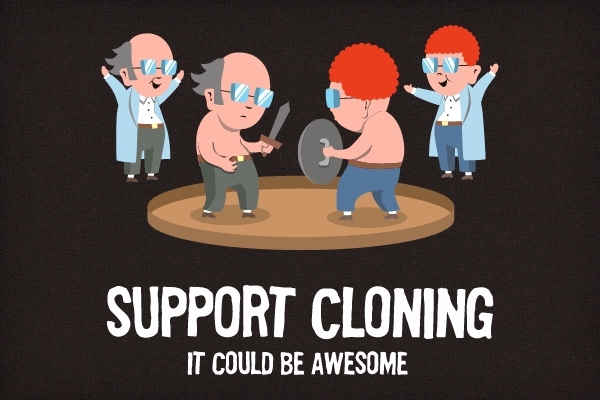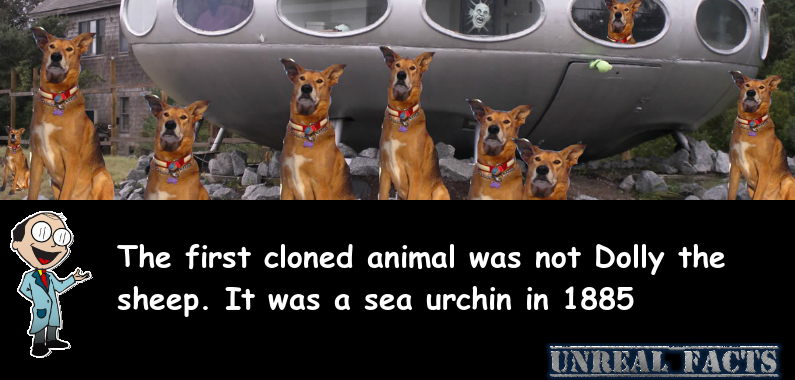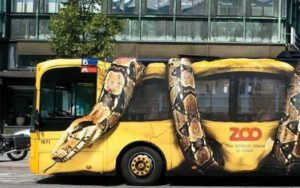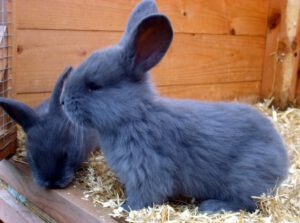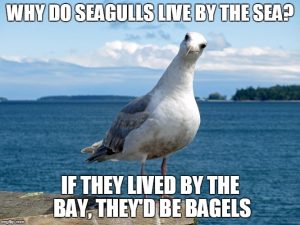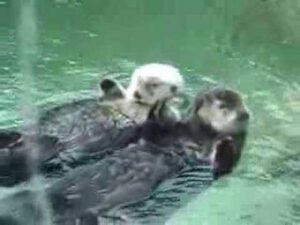The first animal cloned ever was a sea urchin in 1885. That’s over 100 years before it became cool and a hot topic of discussion. While the exact process of this cloning is not exactly the same as that performed in laboratories today, believe me when I say the process was different, the end result proved that it was scientifically possible to create a genetically identical twin of the original specimen.
When you think of cloning, most people only ever think of the world famous Dolly the sheep. There’s absolutely no doubt that that was a scientific breakthrough that opened the door to world of scientific and medical potential. Ever since that day there has been fierce discussion into the ethicacy of the practice. Apart from creating a society of designer clones with only the best human features, cloning faces problems when it comes to medicine, particularly in the field of stem cells. The problem with this is that stem cells it requires creating life in a simple form only to end it for the medical benefit of others. The discussions and arguments for both sides of the debate are fierce and have their merits, but it’s a filed of politics I’d rather steer clear of. But the first animal cloned ever didn’t face such scrutiny. To tell you the truth, it wasn’t even a delicate process in forging the cloned animal.
In 1885 Hans Adolf Edward Dreisch was the first person to successfully clone an animal, the sea urchin. The sea urchin is basically a very simple sea organism, which makes it perfect for scientific study, especially its development. What Dreisch managed to do was replicate embryo twinning.
As we know, identical twins are identical because they share identical genetic material. When they were in the uterus as embryos, the one initial embryo divided into two, creating two embryos from the one source of genetic material, being the original embryo. For what it is worth, they are clones of one another. But not laboratory engineered clones, they are natural. So how did Dreisch manage to create laboratory twins way back in the late 19th century when procedures and techniques were still rather crude to say the least? Well, it was rough.
You know when you tell kids not to shake things because they might break them? Turns out that it’s also a suitable rule to follow with animals (babies too. Seriously, don’t shake babies!). How Dreisch managed to create the first cloned animal ever was a rough hands on approach. He took a two-celled sea urchin and simply shook it. The shaking separated the two cells creating identical single cells, that would go on to form full and complete sea urchins.
While the process was crude, it proved that it was scientifically possible to split embryonic cells. Also, and more importantly, it showed that each cell in the early life of an embryo had a complete set genetic instructions for it, and that each cell could effectively go on to grow into a fully formed organism.

